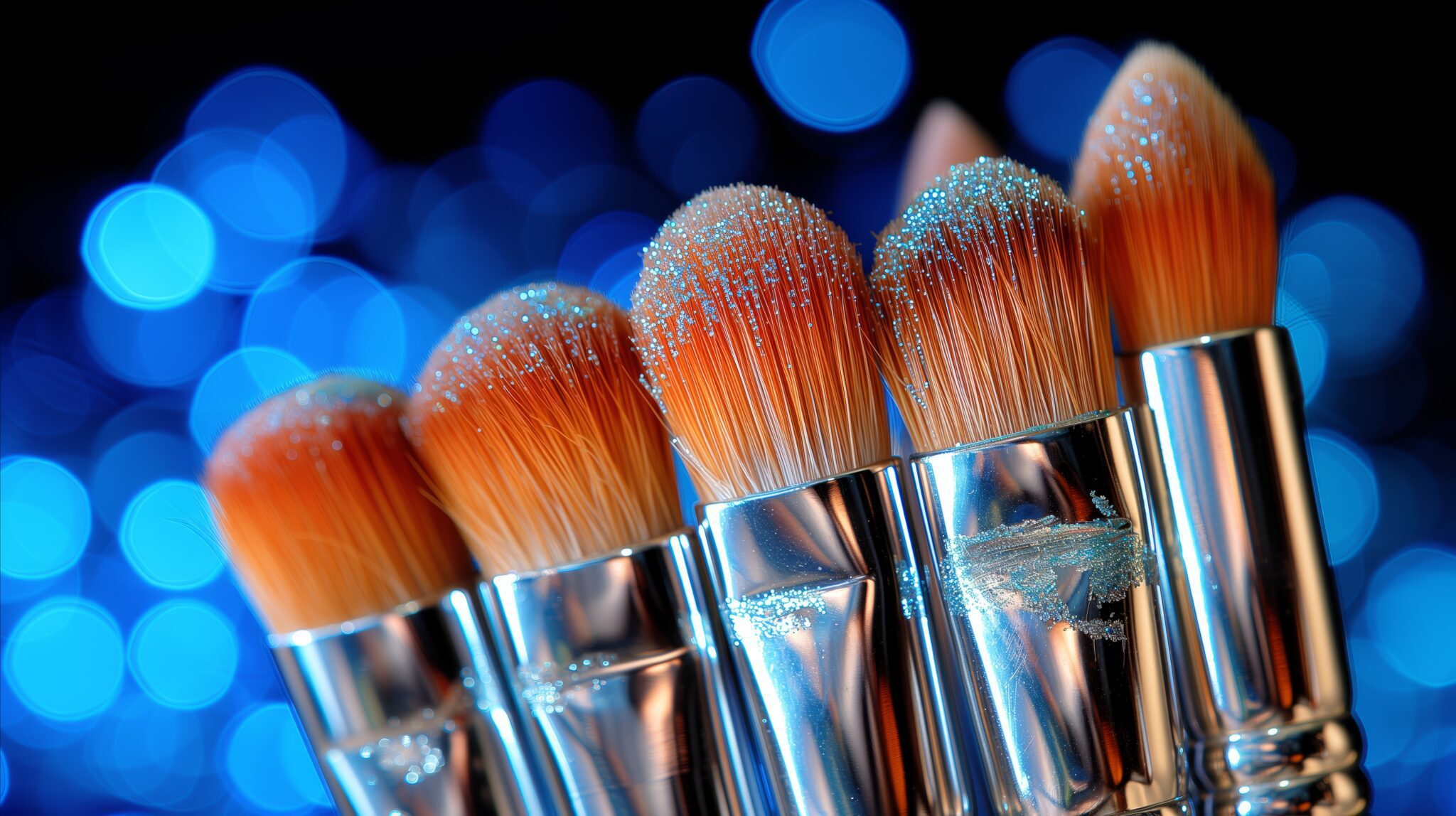When it comes to creating rich, textured surfaces in acrylic painting, stippling brushes offer unique capabilities that can transform your artwork. These specialized brushes, often featuring short, stiff bristles, are designed for applying paint in small dots or strokes, allowing artists to build layers of texture in their paintings. In this blog post, we will explore various techniques using stippling brushes, enabling you to enhance your acrylic artworks with captivating layered textures. Don’t forget to visit urartstudio.com for tips, resources, and instructional materials that will further enhance your painting practice!
1. Understanding Stippling Brushes: Your Tool for Texture
Stippling brushes are characterized by their dense, nylon bristles that come in various sizes and shapes, including round and flat. This unique design makes them particularly effective for creating detailed textures and patterns. Stippling technique involves applying small dots or brush marks, which can mimic the appearance of natural elements like foliage, clouds, and even intricate patterns found in fabrics or surfaces.
2. Techniques for Using Stippling Brushes
To master the stippling brush, consider these techniques to create stunning layered textures:
- Layering Colors: Start by applying a base layer with a flat or round brush. Once the base is dry, use the stippling brush to add texture with contrasting or complementary colors. Lightly dip the brush into the paint and tap it onto the canvas, building depth and complexity through layering.
- Varying Pressure: The stippling technique can produce different effects depending on the pressure applied. Use a light touch for delicate textures, such as soft grass or petals, and firmer pressure to create stronger distinctions, like rough tree bark or textured walls.
- Creating Uniform Patterns: For repetitive textures or patterns, such as dots or small shapes, practice consistent pressure and spacing. You can use a stencil to guide you if you want uniformity. This method can be beneficial when creating patterns in landscapes, textiles, or abstract designs.
3. Producing Realistic Natural Effects
Stippling brushes are particularly effective for imitating natural elements in your paintings. Here’s how to use them for realistic effects:
- Foliage and Grass: To create realistic grass or tree leaves, mix various shades of green and dip your stippling brush into these colors. Tap the brush on the canvas in random areas to build density and variation, mimicking the natural randomness of foliage.
- Clouds: For soft, fluffy clouds, use a stippling brush loaded with white or light gray paint. Gently stipple the color onto the painted sky background, overlapping slightly for dimension. This technique helps to create the illusion of depth and volume in your clouds.
- Texture in Landscapes: When painting landscapes, use stippling to enhance textures in rocky surfaces, water reflections, or soil. This technique can add dimension and realism, making your landscapes feel more alive.
4. Experimenting with Color Mixing
One of the joys of acrylic painting is the ability to mix colors to create unique shades and effects. When using stippling brushes, experiment with color mixing directly on the palette before applying it to the canvas. Here are some tips:
- Blending Colors: Mix multiple colors on your palette before loading your stippling brush. Stippling with a blend allows for more nuanced textures as different colors interact on the surface of your painting, leading to beautifully rich results.
- Transparency and Glazes: To create ethereal effects, consider using transparent paints or glazes. Stippling with transparent hues over dried layers adds depth and a sense of luminosity, particularly beneficial in areas such as water or sunset skies.
5. Practice and Creativity
As with any technique, practice is essential to mastering the stippling brush. Dedicate some time to explore different textures and effects by experimenting on scrap canvases. Create a swatch chart to learn how various stippling techniques interact with different colors and how they look when layered.
Let your creativity flow by incorporating stippling techniques into your unique style. Whether you’re enhancing floral arrangements, adding vibrancy to abstract work, or depicting complex landscapes, stippling brushes can bring your vision to life.
In summary, stippling brushes offer remarkable versatility in creating layered textures in acrylic paintings. By employing the techniques discussed, you’ll be able to achieve depth, dimension, and realism in your artwork. Don’t miss the chance to explore the wide variety of stippling brushes and other art supplies available at urartstudio.com!
Remember to visit our online store at https://urartstudio.com/shop/ for a selection of various art supplies and online tools. Additionally, check out our valuable painting tips at urartstudio.com/painting-tips/ and our step-by-step painting instructions at https://urartstudio.com/step-by-step-painting-instructions/ to enhance your artistic skills.
Keywords: stippling brushes, layered textures, acrylic painting techniques, natural effects, color mixing, art supplies.
#StipplingBrushes, #LayeredTextures, #AcrylicPaintingTechniques, #NaturalEffects, #ColorMixing, #ArtSupplies



Leave a Reply
You must be logged in to post a comment.